News
Understanding the Inverter Power Supply Industry: Market Analysis, Technological Advancements, Regulatory Frameworks, Application Scenarios, and Future Trends
Click: 713 Date: 12/14/2023 4::06::03 PM
Understanding the Inverter Power Supply Industry: Market Analysis, Technological Advancements, Regulatory Frameworks, Application Scenarios, and Future Trends
Exploring the Inverter Power Supply Market: An In-depth Analysis
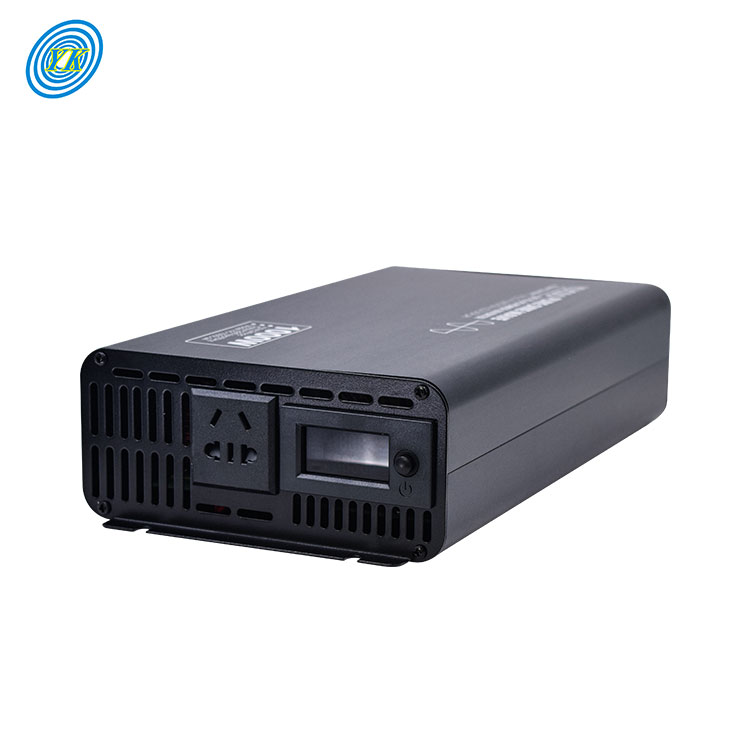
Market Size: The global inverter market size was valued at USD 16.3 billion in 2022 and is expected to expand at a compound annual growth rate (CAGR) of 15.7% from 2022 to 2027. Other sources suggest slightly different figures, with some reports estimating the market size to reach USD 76.0 billion in 2022, USD 35.22 billion in 2021, and USD 72.7 billion in 2023.
Development Trends: The growth of the inverter market can be attributed to growing investments in renewable power generation technologies and green infrastructure. The rapidly increasing usage of power backup systems in various sectors is also fueling the demand for inverters.
Major Participants: The inverter market is dominated by a few major players that have a wide regional presence. Some of the key players include Huawei Technologies (China), Sungrow Power Supply (China), SMA Solar Technology (Germany), Power Electronics (Spain), FIMER (Italy), SolarEdge Technologies (Israel), Fronius International (Austria), Altenergy Power System (US), Enphase Energy (US), Darfon Electronics Corporation (China), and Schneider Electric (France).
Fastest-Growing Segment: The automotive segment is expected to be the fastest-growing segment in the inverter market. The adoption of electric vehicles is growing substantially due to the implementation of emission regulations to limit the emissions from traditional vehicles.
Regional Market Dynamics: The Asia Pacific region is witnessing significant developments in the renewable energy sector due to increased initiatives towards climate change and net zero targets, which has supported the demand for inverters across countries of the region.
Inverter Power Supply Technology: Innovations and Advancements
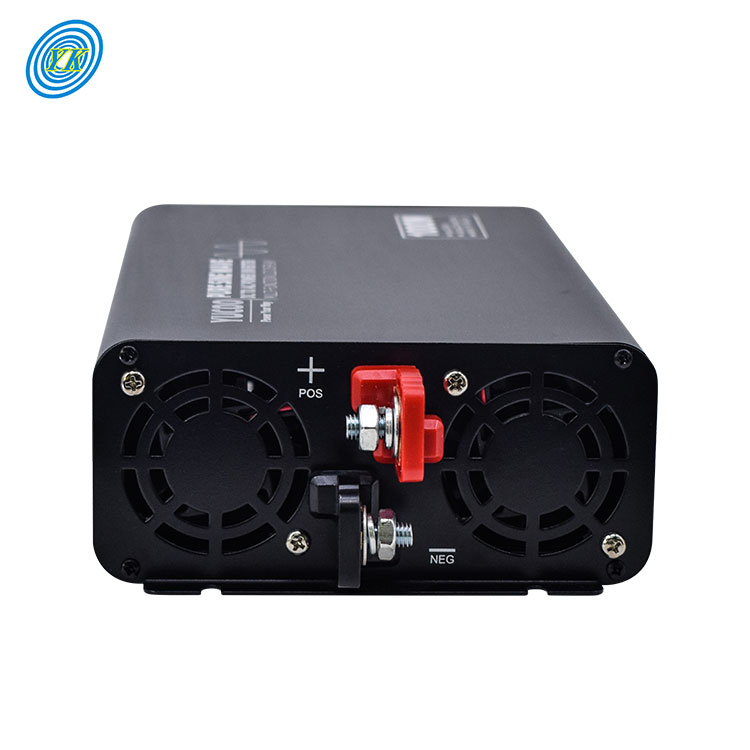
Technological Maturity: Photovoltaic (PV) inverters have reached a stage of technological maturity where the core DC-AC conversion is mature. However, there is still room for improvement and innovation in other areas such as accommodating battery storage, EV charging, vehicle-to-grid solutions, virtual power plant capabilities, smart controls, and connectivity.
Performance Optimization: Studies have shown that the performance of most PV inverters and power optimizers remains optimal for up to 15 years. This indicates that the technology is reliable and durable, which is crucial for the longevity and efficiency of PV systems .
New Product Launches: In 2022, there were new and better inverters launched in the market. For example, Sungrow introduced a new "1+X" modular central inverter solution, and Gamesa Electric launched its Proteus PV central inverter. These new products offer higher energy yields and industry-leading efficiency.
Off-Grid Inverters: There has been a growing trend of more off-grid inverters emerging into the market. These inverters are certified to handle both on- and off-grid operation, adding some variation to grid-tie-only solutions. This trend is particularly relevant in regions where power outages are more common.
Semiconductor Technology: Silicon carbide semiconductor PV inverters continue to show considerable opportunity for the industry. However, electric vehicles control the demand, costs remain high, and IGBT-powered inverter topologies in solar remain the dominant type.
These advancements and innovations are shaping the future of the inverter power supply industry, making it more efficient, reliable, and versatile.
Regulation and Standards in the Inverter Power Supply Industry
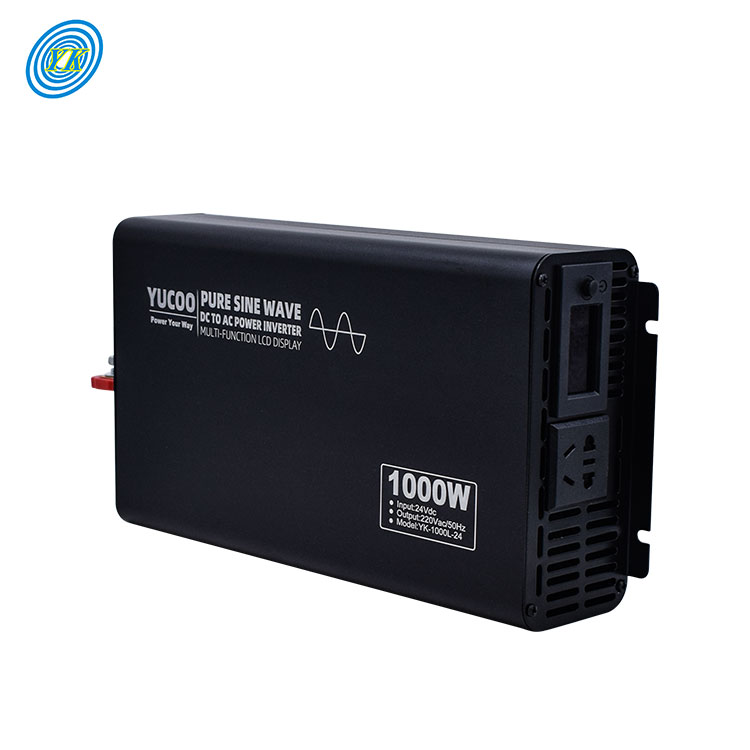
Regulatory Frameworks: The regulation of the power sector is a complex task due to the dynamic and large-scale nature of electricity-supply systems. Traditional regulatory frameworks are being supplemented by liberalized and re-regulated environments. The regulatory design is a key driver of both the industry efficiency and the returns on investment.
Key Regulations: The Electricity Act of 1995 in China governs the investment, generation, and supply of electricity. It includes prior approval for investment, regulation on generation and grid, regulation on supply and use of electricity, price regulation, and protection of assets for the electricity industry.
Electricity Pricing Reform Rules: The Electricity Pricing Reform Rules in China include pricing rules for electricity sold to the grid, pricing rules for electricity on transmission and distribution, and pricing rules for electricity on the retail sector.
Regulatory Institutions: The State Electricity Regulatory Commission (SERC) in China has various responsibilities, including proposing tariffs and adjustments to government pricing authority, investigating any violations of laws and regulations, safeguarding the implementation of universal service policy, organizing sector reform programs, and completing any other assignment delegated by the State Council.
Proposed Regulatory Reform: The proposed regulatory reform in China aims to keep market competition fair and orderly, ensure the safe and reliable operation of electricity, help investors' returns stable, make the development of the industry sustainable, meet the demand of economic growth, and generate a reasonable pricing mechanism.
These regulatory frameworks and standards play a crucial role in shaping the inverter power supply industry and ensuring its sustainable and efficient development.
Applications of Inverter Power Supply in Various Sectors
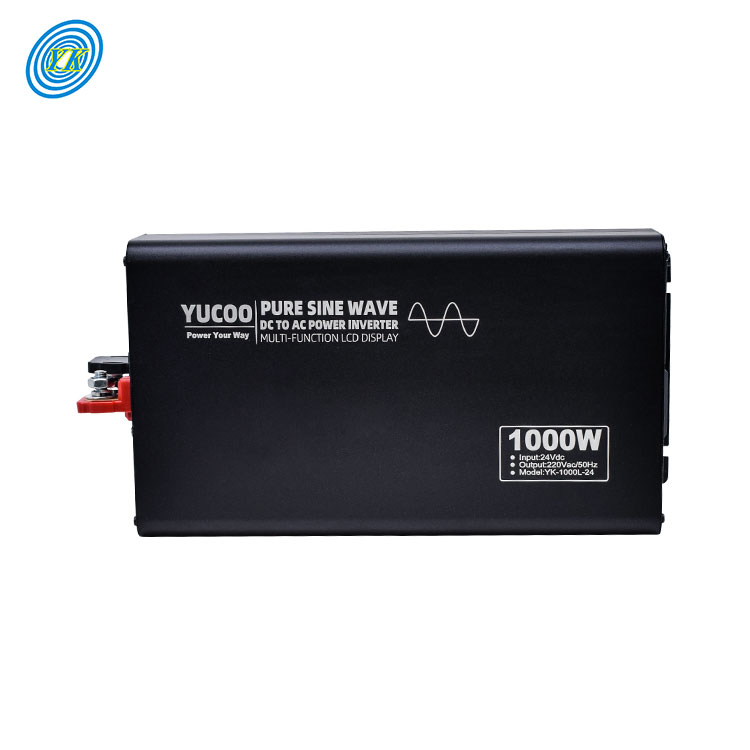
Industrial Applications: Inverters are primarily used in uninterrupted power supplies (UPS). The function of the power inverter circuit in UPS is to convert DC power to AC power at the required voltage level. In industrial and commercial applications (for example- AC adjustable speed drive i.e. ASD, induction heating, etc.), the inverter is used for controlling the AC motor drive’s input voltage.
Domestic Appliances: In domestic appliances (like as refrigerators, air conditioning, etc), the inverter is very essential for controlling the speed of the compressor and regulating the required power.
Solar Energy Systems: In solar energy systems and wind turbine systems, the inverter is primarily used to convert the DC input power from solar panels or wind turbines into AC power which are compatible with other appliances.
Electric Aircraft and Vehicles: In electric aircraft and electric vehicles (EV), the power inverter is the most important device for power conversion and regulation.
Advanced Technologies: In advanced technologies such as smart grid systems, Vehicle to Home (V2H), and Vehicle to Grid (V2G), the inverter is very essential equipment. The Vehicle to Home (V2H) and Vehicle to Grid (V2G) are basic concepts that enable batteries (present in electric vehicles) to supply home loads and grids through inverters.
These application scenarios show the wide range of uses for inverter power supply in various sectors, from industrial and commercial applications to domestic appliances and advanced technologies.
Future Trends in the Inverter Power Supply Industry
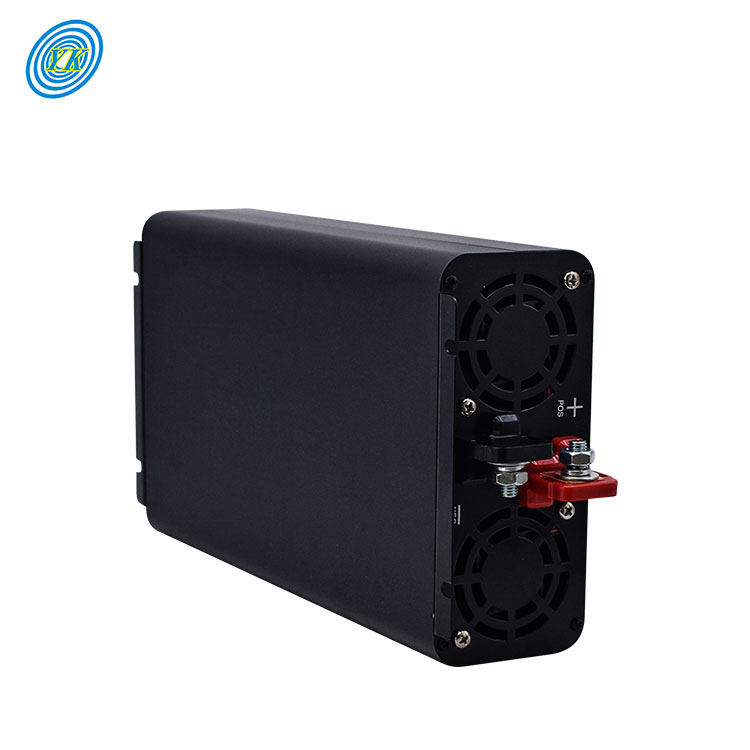
Increasing Demand for Electricity: The increasing demand for electricity, coupled with a rising gap between the demand and supply of electricity, along with many other factors, are expected to surge the sales of power inverters.
Rapid Economic Growth and Rising Disposable Incomes: The rapid economic growth and rising disposable incomes of individuals across the globe have enabled them to spend more on products like power inverters, which enhance their lifestyles and provide comfort.
Rapid Urbanization and Growing Electrification Rates: With rapid urbanization and growing electrification rates, most people nowadays rely on electronic appliances and gadgets. This has resulted in a significant need for an uninterrupted power supply, in turn increasing the sales of power inverters as an alternate backup solution in case of outages.
Investment in Research and Development (R&D): Manufacturers are investing in R&D activities to introduce new technologies and enhance their operational characteristics. For instance, they have recently invented a new class of power inverters, which use a single switching transistor and generate infinite levels of voltage, as compared to inverters that use multiple transistors and provide only one voltage level.
These future trends indicate a promising future for the inverter power supply industry, with continued market growth, increasing demand for electricity, and advancements in technology.